
19 Dec Top 5 Social Media Marketing Trends of 2020 that are Here to Stay
2021 is upon us and it wouldn’t be farfetched to say that most of us would definitely be glad to see 2020 end. With the Covid-19 pandemic that led to economic downturn, this year has been a struggle for almost all countries. Add to that natural calamities coupled with domestic and international unrest and 2020 sounds even grimmer.
Nevertheless, among all these uncertainties, one thing that people could largely depend on is the internet. Internet, especially the social media platforms, became the primary source of information for the populace during this difficult time. The spread of the coronavirus came with the stay-at-home orders and drove people towards spending more time on internet and social media platforms. According CenturyLink, people are using internet more than ever before with a sharp 35% increase in web use.
According to Emarsys, there are 3.5 billion social media users worldwide, which is about 45% of the current population. The number is growing every day. Social media platforms are being used not only to communicate with friends and family, but also for business purposes. GlobalWebIndex research estimates that 54% of people use social media platforms to research products. These platforms have a massive reach and businesses have actively turned to them to promote their products.
Social media is much more today than what it was when it started in 1997. The social media platforms have consistently provided people opportunities to leverage their business, and even amid Covid-19 pandemic, they have been dependable mediums. All it took for people to make an impact was follow the trends and a little creativity.
Let’s take a look at some of the popular social media campaign trends that were hits in 2020 and are likely to be in vogue in 2021.
Meaningful Content that shows Gratitude
With 2020 starting with a global financial downturn, materialism took a back seat. Empathy and gratitude was at the forefront of everyone’s mind and many companies successfully boarded this train of thought with smart and heart-felt branding. Communicating is all about understanding consumers and adding a much-needed emotional connection to the campaigns.
Dove is one brand known to focus on self-esteem, endorsing real beauty of the people. During the pandemic, the company launched its ‘Courage is Beautiful’ campaign where it celebrated front-liners. The video showed doctors and nurses looking into the camera. Their faces are marred with blemishes because of wearing personal protective equipment for long hours.
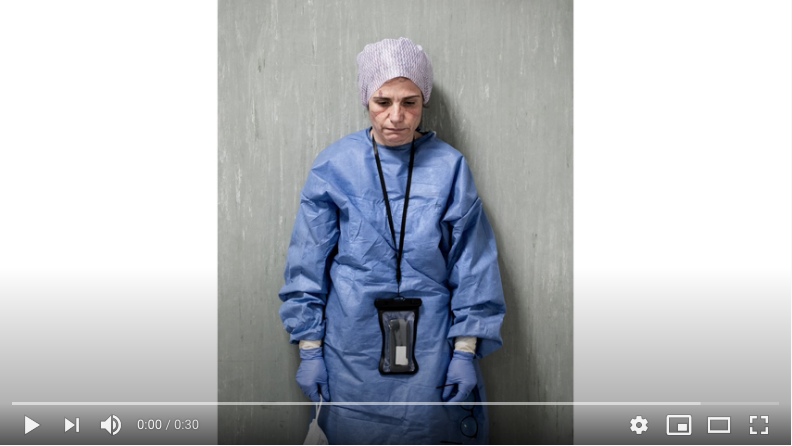 Fashion brand Zara too showed it cared through unique campaigns this year. In an attempt to emphasize the need to stay at home and work from home, the brand shipped its latest designs to models all over the world. The models were asked to do the photo-shoot in their homes and the result was something that awed the social media users. Models were photographed on couches, stairs, kitchens and such places in their homes. They wore amateurish makeup and did not have the finesse that the brand has been known for. The viewers identified with the photos on a more personal levels and helped build a stronger connection with the brand.
Fashion brand Zara too showed it cared through unique campaigns this year. In an attempt to emphasize the need to stay at home and work from home, the brand shipped its latest designs to models all over the world. The models were asked to do the photo-shoot in their homes and the result was something that awed the social media users. Models were photographed on couches, stairs, kitchens and such places in their homes. They wore amateurish makeup and did not have the finesse that the brand has been known for. The viewers identified with the photos on a more personal levels and helped build a stronger connection with the brand.
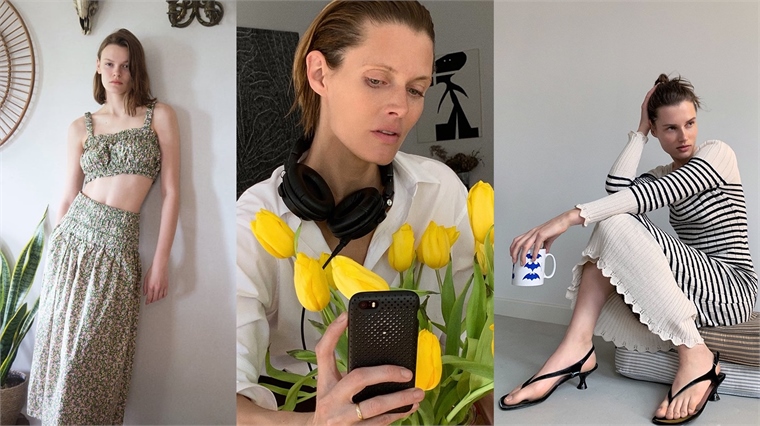
Videos
Videos have always been one of the most effective branding and marketing tools and are likely to stay that way in the future. The impact a good video has on its audience is incomparable, for any brand looking at intensive promotions this medium cannot be ignored. According to ImpactBND, more than 50% of consumers state that watching a brand’s video increases their confidence in the products and helps them make purchasing decisions. Research states that more than 70% of consumers have at one point shared a brand’s video. As for businesses, 72% say that a video has increased their conversion rate.
That said, with the lockdown in 2020, many brands used this medium creatively to make an impact. One of the campaigns that was released when the pandemic was at its peak was the revamped ‘Wassup’ ad by Budweiser. The small but significant pivot from a group of friends on a phone call or sitting beside each other, the ad became a video call among friends checking up on each other. Camraderie, contemporary references and empathy came together in this campaign to create a heart touching message.
The video ends with powerful line: ‘Buds support buds. Check in on yours’. The video has over 155,000 views and the number continues to grows.
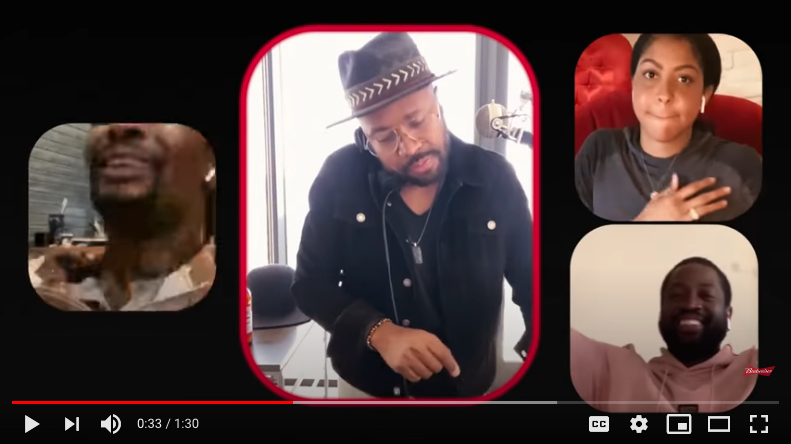 Another great example of this medium that combined user interaction is the encouraging video that was posted by University of Florida during the lockdown. The video was posted with the caption ‘The Orange and Blue. We’re getting the band back together!’ on several of the university’s social media platforms. It showed students participating in making of music together through a zoom call. It showed students in their living rooms, bedrooms, backyards and gardens joining in the performance. This video has more than 4.2k positive reactions of Facebook with over 270 comments.
Another great example of this medium that combined user interaction is the encouraging video that was posted by University of Florida during the lockdown. The video was posted with the caption ‘The Orange and Blue. We’re getting the band back together!’ on several of the university’s social media platforms. It showed students participating in making of music together through a zoom call. It showed students in their living rooms, bedrooms, backyards and gardens joining in the performance. This video has more than 4.2k positive reactions of Facebook with over 270 comments.
Asking a user to participate in a survey and interact with customers through emails might seem like old hat, but continues to be highly effective. Consumer interaction saw a massive spike in 2020 and is likely to remain so in 2021 as well. Bulk emails have given way to a more personalized and engagement focused form of communication.
Chatbots continued to be popular as companies looked to offer 24-hour service and optimize it with instant responses to customer queries. A Tidio research showed that 43% of consumers opted to message an online chatbot instead of calling customer service. A whole new perspective on user engagement emerged, one not just rooted in pushing a message, but rather creating a message that pulled audiences towards it. The message became one of information sharing and empathy through assuaging customer fears.
Marketing campaigns by Zomato have been known for their wittiness and generating local impact. As coronavirus forced cities around India into lockdown, restaurants had to close their doors. All things considered, Zomato managed to diversify its business with a fair degree of success. Zomato started delivering groceries as well and promoted their creative service notifications and alerts. The company continuously promoted the safety precautions that were being taken by the delivery partners.
They were the first movers in terms of coming up with an ad showcasing safety measures and hygiene. This campaign not only supported the reopening of restaurants in India after the lockdown but also garnered a lot of positive reviews. It has nearly 3,747,800 views and not only built confidence in the company’s services but also supported their primary stakeholders – the restaurants.
Campaigns focused on riders wearing masks, using sanitizer and also promoted contact-less delivery. This set the company’s engagement campaign on the fast track as restaurants opened up once again. The company ensured user engagement by asking customers to fill in a simple yes/no form, inquiring if the delivery person had taken all the safety precaution.
Many companies used creative means to get users involved with the brand. One of the most effective campaigns that generated tremendous interest was by the Getty Museum. In March this year, Getty came out with a challenge for its users. Under the hashtag #GettyMuseumChallenge, they asked the audience to recreate works of art at home. The challenge trended across Facebook, Instagram, Reddit, Twitter and many other social media platforms. The company received more than 100,000 submissions across the board.
This overwhelming response was driven by the timeliness of the challenge, where people had to limit themselves to their homes and were looking for something to do. A selection of the best entries found themselves immortalized in a book compiled by the Getty Museum.
Ephemeral Content
Ephemeral content refers to content that disappears after a set amount of time. This makes for an effective marketing strategy as it plays on the FOMO, the fear-of-missing-out, aspect that is prevalent in audience. It is believed that since the post self-destructs after a set amount of time, users are likely to check in more often.
Two of the most popular platforms for this content are Instagram Stories and Snapchat’s My Story. The word ‘story’ here is important as it reflects the essence of Ephemeral content. This type of content needs to be engaging and lures viewers to take action. Many brands have used this strategy effectively in 2020 by posting short videos, Q&A sessions, and one-day discounts deals as well as doing live sessions. Research suggests that 80% of people make impulse purchases online. Ephemeral content fits into this segment like a glove. This is akin to store window promotions, the there-today-gone-tomorrow nature of this content creates plays to the fear of missing out (or FOMO in millennial parlance) among the audience often eliciting healthy results.
According to Statista, Instagram stories have 250 million daily active users and Snapchat has 173 million of the same. These platforms, together, rake in around 18 billion daily video views. This is the kind of reach ephemeral content can have, and with Facebook and LinkedIn jumping on the stories bandwagon this is one content segment that looks set to grow.
One of the brands that has a history of using Instagram stories to its advantage is Starbucks Coffee. Their Instagram story where the company attempts to teach people to order their drink or food in American Sign Language (ASL) has gained huge popularity.

Influencer Marketing
Social media has created it’s very own brand of celebrity. These social media influencers command a following often ranging into millions, and plugs and promotions by them often result in great ROI. These YouTube stars, or Insta Models, become a great vehicle for brands that see a strong audience intersection with these influencers. The popularity of this marketing strategy is largely millennial focused, considering they are the largest user base of social media platforms in the world.
One of the reasons for this is also because of a growing distrust in traditional advertising. According to an IPSOS survey, nearly 96% of the people interviewed thought that in its pursuit increase sales the advertising industry is not firm on integrity. Only 1% of the millennials surveyed say they trust the advertisements that promote brands and product. A separate Twitter and Annalect survey states 49% of people seriously consider recommendations from influencers before making purchase decisions.
More and more companies have acknowledged the potential of this strategy and have begun bringing on board influencers popular in their field. It requires a smaller investment while still giving stellar results. In a survey by Forrester, around 73% of marketers say that they have set aside a budget for influencer marketing.
One of the companies that used influencer marketing efficiently in 2020 when the Covid-19 pandemic started was Myntra. The e-Commerce brand started sharing original influencer content in the second half of 2019, but took things to another level this year. With people having to stay-at-home and avoiding physical stores, the timing was perfect for Myntra.
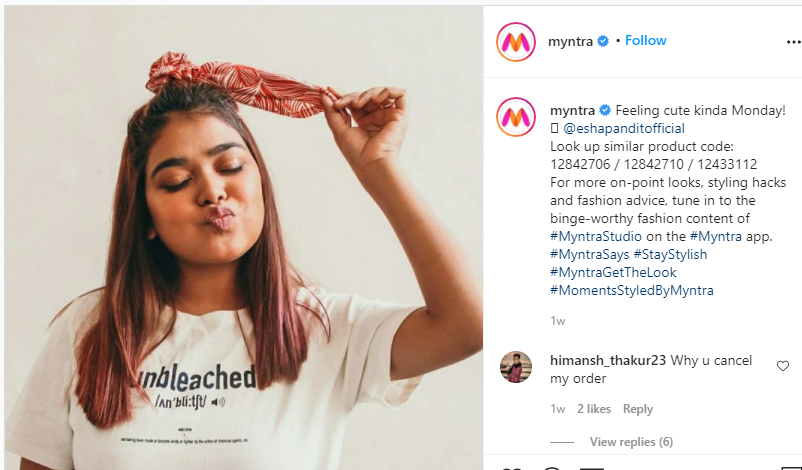
Although it had started bringing influencers on board last, this year they focused on providing master classes by prominent stylists. Furthermore, just before the festive season of Diwali, the brand announced digital influencer Bhuvan Bam as its ambassador.
The brand has brought in influencers like Karan Sehgal and micro-influencers like Esha Pandit Pancholi Neha Parulkar to promote their fashion products. Micro-influencers often have great reach and are people who have gained the trust of their followers. This allows the brand to tap into a huge potential market at a reasonably less cost.
Takeaways
The pandemic has changed the way that people approached daily life. Their buying patterns were changing with a growing inclination towards the digital, and the home-bound nature of 2020 has only worked to push this change through even faster.
e-Commerce has taken on an all new importance in a post-COVID world, and digital readiness continues to be a need of the hour for all brands. Social media has been the perfect platform to identify brands that have managed to make a smart and effective pivot during these times. It has helped highlight the importance of why adapting to the times is so crucial to staying relevant in the eyes of the audience.
To say that today’s consumer is smart and stays informed would be an understatement. These days, people are aware of not only what they want but also where to get it. With the internet at their fingertips, the audience has all the information they need.
Since tech-savvy millennials are expected to drive sales in the coming years, companies will need to create and maintain a strong and honest image on online platforms. It is not just enough to get noticed anymore, it needs to come with a strong message that resonates with the audience.
The campaigns shared above are by no means brand-new. The genius, however, lay in the innovation that they brought to the media at a time when innovation was crucial. A strong social media marketing campaign can help the company tide through a crucial pivot with ease.
The perspective of the consumers is changing and companies must find unique marketing strategies to standout in this competitive market. At Studio Hue, we understand the importance of impactful marketing strategies and campaigns. We have worked with creating social media campaigns for clients driving impactful results through ROI focused strategies.
Reach out to us at marketing@huemarcom.com to learn more about how we can create similar strategies to help your brand thrive on social.


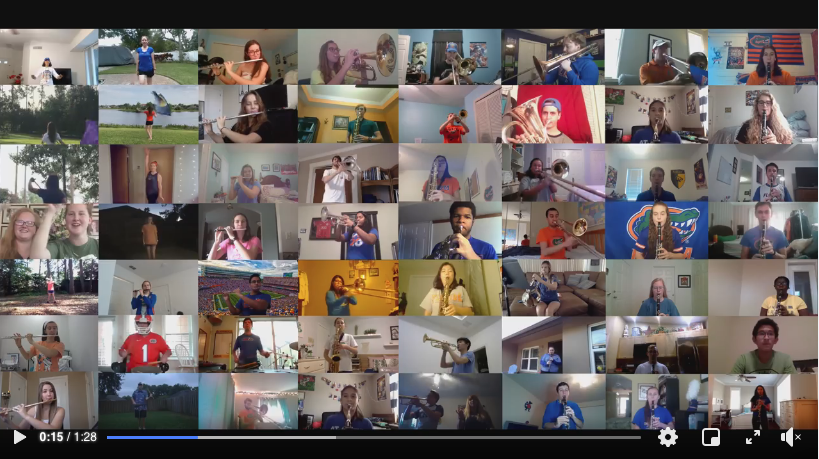
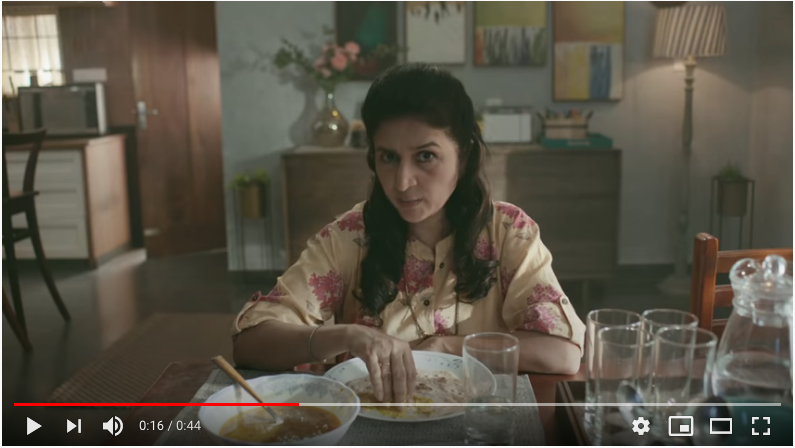




No Comments